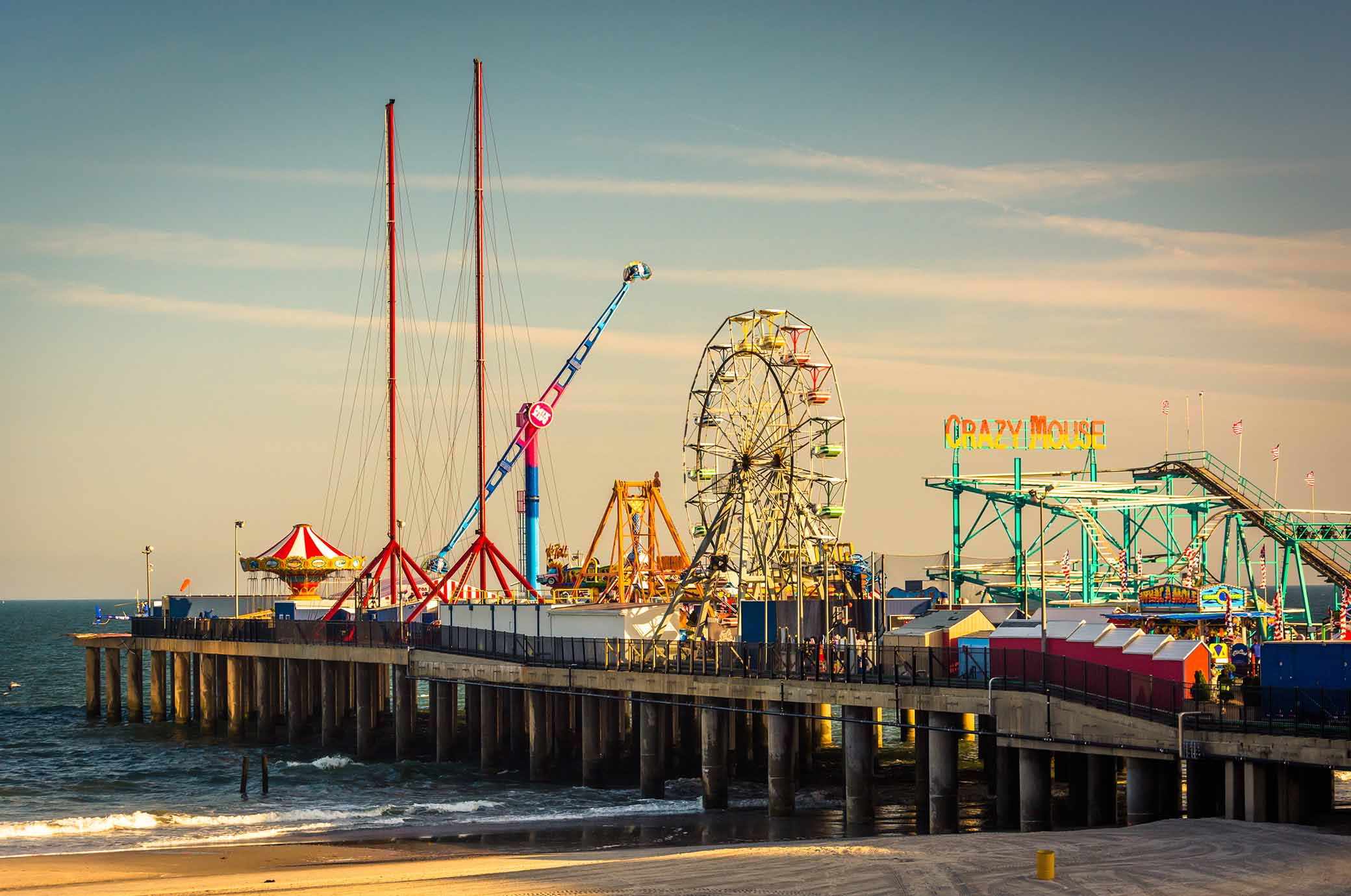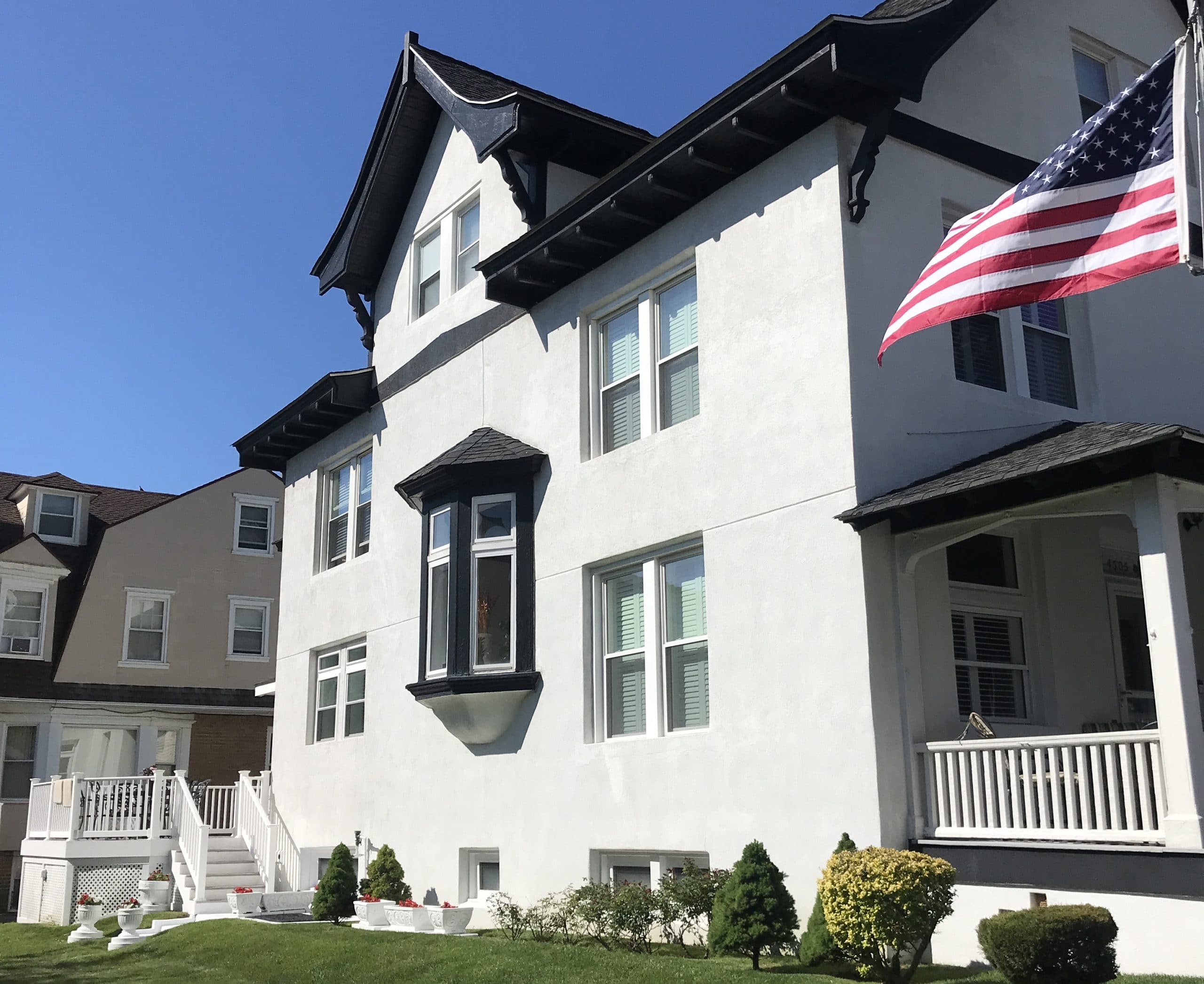Hugging the Atlantic Ocean between marshlands and islands, Atlantic City was seen as prime real estate and a potential resort town and in 1853, the first commercial hotel, the Belloe House, was built at the intersection of Massachusetts and Atlantic Avenues. The city was incorporated in 1854, the same year train service began on the Camden and Atlantic Railroad. The City itself consists of over a dozen historic landmarks and a number of historic districts.
Easton Architects has been retained by the City of Atlantic City to prepare a historic resource survey in the neighborhoods of Ducktown and Lower Chelsea. The primary objective is to provide the City of Atlantic City with a clear and comprehensive tool to inform future land use decisions and recognize the architectural heritage of the city and its neighborhoods and to present State and National Register eligibility findings.
The architectural survey will include 75-200 properties in the Ducktown and Lower Chelsea neighborhoods. Easton Architects is documenting surveyed resources individually with detailed architectural descriptions and photography and will determine their eligibility for local landmark designation and for listing on the State and National Registers of Historic Places. The survey will promote protection of local resources and assist the New Jersey Historic Preservation Office in making reasonable, consistent and justifiable decisions and support the efforts of the Atlantic City Historic Preservation Commission and the City. The results of the survey will be compiled in individual inventory forms and a final report that presents the historic context research, eligibility findings, and summarizes the overall survey effort.






